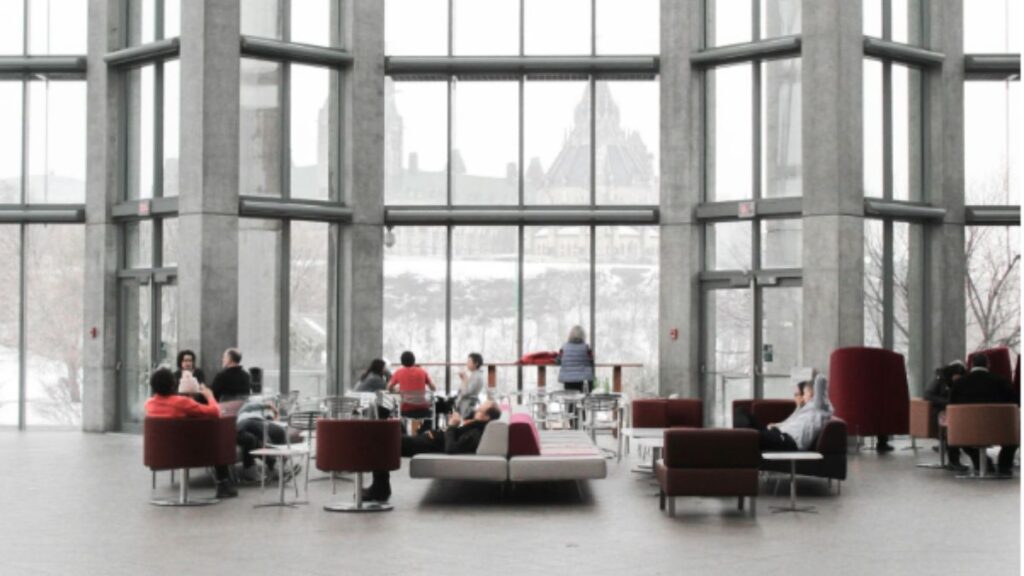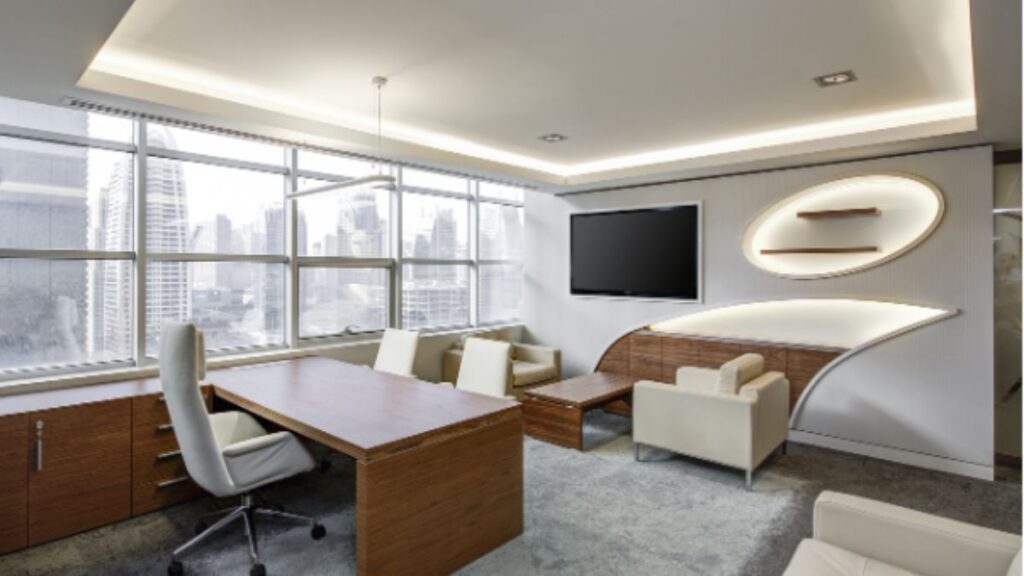Creating a customized office space is essential for enhancing productivity and employee morale. A work environment tailored to individual needs can lead to improved job satisfaction and overall performance. Whether you’re looking to make minor adjustments or a complete overhaul, this guide will walk you through the steps to personalize your workspace effectively.
Understanding the Importance of Customization
Customization in the office goes beyond aesthetics; it directly influences how employees feel and work. An enriching environment can lead to creativity and collaboration, which are necessary for any successful business. As explained by experts from Sensa, research shows that workplaces designed for effectiveness can increase productivity by up to 25%. This statistic illustrates the importance of creating workplaces that improve business outcomes and employee comfort.
Assessing Your Space
Before diving into customization, it’s crucial to assess the current state of your office. Walk through the entire area to understand its layout, furniture, and existing design elements. Take note of the strengths and weaknesses, and identify the underutilized features. Consider factors like lighting, layout, and acoustics, as they are critical in workplace dynamics. Planning starts with an honest assessment of your needs and limitations.
Defining Your Style and Needs
Every office has its own character, and defining yours can set the tone for customization. Think about the culture of your business and how that translates into space. Do you prefer a modern aesthetic, or is your office more traditional? Your needs will also dictate some choices. For example, if collaboration is essential, spaces for teamwork should be prioritized. Understanding your unique style and needs will drive your customization process.
Furniture and Layout Design
Furniture plays a pivotal role in office customization. Start by choosing pieces that reflect your style while being ergonomic and functional. Standing desks, comfortable chairs, and collaborative breakout areas can enhance both productivity and comfort. Remember to arrange your layout to promote engagement; incorporating open spaces or designated quiet areas ensures that employees have room to collaborate or focus as needed.
Color Schemes and Decor
Colors greatly influence mood and productivity. Opt for color schemes that reflect your brand while also invoking energizing or calming feelings, according to your goal. Warm neutrals may create a cozy atmosphere, while bright colors can invigorate employees. Accessorize your space with art, plants, or personalized decor to mirror the personalities of those who work there, effectively creating an emotional connection to the environment.
Integrating Technology into Your Space
In today’s digital age, integrating technology into your office design is crucial. Smart lighting, high-speed Wi-Fi, and top-of-the-line audio-visual equipment can enhance both productivity and collaboration. Additionally, consider investing in tools for project management and communication, which can streamline operations. Technology όχι να Be daunting, but using it effectively can significantly improve the overall experience in the office.
Creating Collaborative Spaces
Collaboration drives innovation and creativity. Allocate areas that encourage teamwork through shared workspaces or even informal meeting spots. Features such as writable walls and versatile seating can create an adaptive environment for group activities. Ensure these collaborative spaces are accessible and equipped with the technology needed for brainstorming sessions. By fostering collaboration, you enrich the work environment.
Personalization of Individual Workstations
Encourage employees to personalize their workspaces as well. Allowing them to add personal touches like photos, plants, or motivational quotes can make the space feel more inviting. Moreover, flexibility in workspace design can lead to higher satisfaction levels. Whether it’s an adjustable chair or a designated spot for personal items, giving employees some control can make them feel valued and improve their attachment to the office.
Air Quality and Natural Elements
Indoor air quality significantly affects health and productivity. Consider measures like air purifiers or plants that can help purify the air naturally. Plants, in particular, can enhance the office’s aesthetic while providing mental health benefits. Integrating nature into the workspace can lead to positive feelings and foster a sense of well-being among employees. The desired outcome is an environment that feels alive and healthy.

Feedback and Continuous Improvement
Once your office customization is complete, it’s vital to monitor its effectiveness continually. Gathering feedback from employees on their experience can reveal opportunities for further enhancements. Surveys and informal check-ins can provide insights into how the new setup is impacting productivity and satisfaction. Continuous improvement allows you to adapt the space according to evolving needs, ensuring that it remains a dynamic and engaging environment.
Budgeting for Customization
While customizing your office, consider establishing a realistic budget. It’s easy to get carried away with decorating but mindful spending is essential. Identify key areas that require immediate attention and allocate funds accordingly. Invest in high-quality furniture or technology, as these tend to offer durable solutions that enhance workplace functionality. Keep track of expenses to ensure that your customization efforts remain sustainable in the long run.
Creating a customized office space requires thoughtful consideration and planning. A personalized workspace can lead to increased productivity, employee satisfaction, and a positive corporate culture. By assessing your current layout, integrating technology, and fostering collaboration, you cultivate an environment where employees thrive. Keep in mind that this customization process is ongoing, and adapting to needs will support long-term success.







